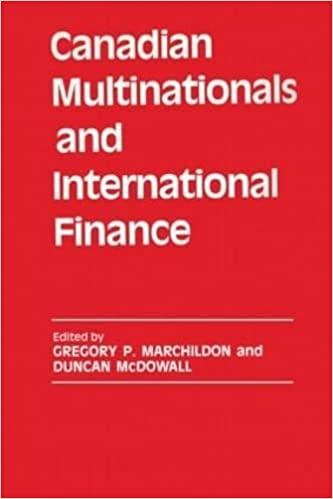Question
1. a. What is the future value of $100 invested at 5% for two years, then reinvested at 20% for three years? b. What is
1.
a. What is the future value of $100 invested at 5% for two years, then reinvested at 20% for three years?
b. What is the present value of $1000 received three years from now, with a discount rate of 10%?
c. What is the present value of the following cash flows: $10,000 received in two years, $15,000 received in three years, and $20,000 received in four years? Use a discount rate of 15% for each cash flow.
d.
If you invest $10,000 for three years, and the value of the investment grows to $20,000 in the three years, what is your annual rate of return for this investment? (Hint: what annual interest rate turns $10,000 into $20,000 in three years?)
Net Present Value (NPV) is the present value of the cash flows from an investment, minus the original investment amount. It tells us how much our investment earned in excess of our required rate of return (or, if NPV is negative, how much less we earned than we required). Suppose we invest $100 for three years, and we want to earn 10% per year on the investment. At the end of year three, the investment is worth $150. Then the net present value of this investment is the present value of the $150 minus the $100 we invested:
That is, we earned $12.69 more (in present value terms) than was our required rate of return.
Step by Step Solution
There are 3 Steps involved in it
Step: 1

Get Instant Access to Expert-Tailored Solutions
See step-by-step solutions with expert insights and AI powered tools for academic success
Step: 2

Step: 3

Ace Your Homework with AI
Get the answers you need in no time with our AI-driven, step-by-step assistance
Get Started


